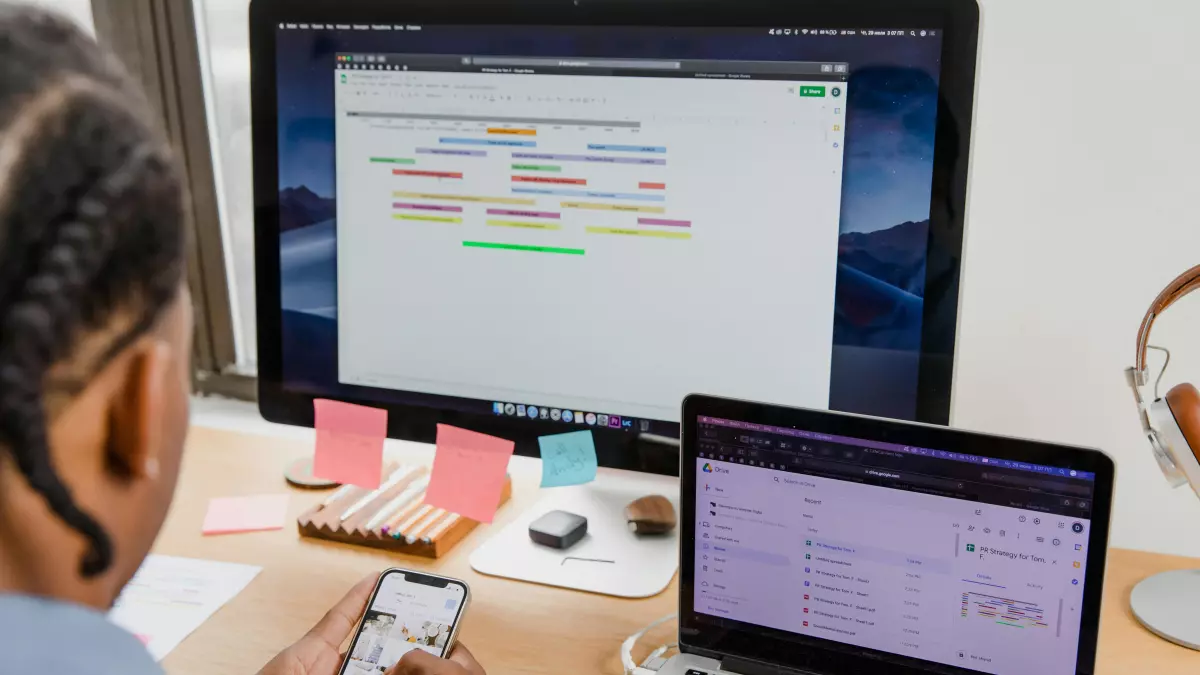Starlink's Pricey Problem
Imagine paying extra for internet just because too many people are online in your area. Welcome to Starlink's latest move.

By Isabella Ferraro
Starlink, the satellite internet service that's been hailed as a game-changer for rural and remote areas, is now facing a new challenge: congestion. And guess what? You might be the one footing the bill for it. In certain parts of the U.S., where the network is getting a little too crowded, Starlink is reportedly introducing “congestion fees” for new users. Yep, you read that right—extra fees just because too many people are trying to stream Netflix or play Fortnite at the same time.
According to Presse-citron, Starlink is considering charging these fees in areas where the network is nearing capacity. The company has seen explosive growth, doubling its subscribers in just a year, now boasting 4 million users worldwide. But with great power (or in this case, popularity) comes great responsibility—or, apparently, higher costs.
Why Is This Happening?
So, why is Starlink introducing these congestion fees? Well, it all comes down to bandwidth. Satellite internet, while revolutionary, has its limits. The more people that use it in a given area, the slower it can get. And with Starlink's rapid growth, some regions are feeling the squeeze. To manage this, Starlink seems to be taking a page out of the old-school cable company playbook—charging more in high-demand areas.
But here's the kicker: these fees aren't across the board. They seem to be popping up in specific regions where the network is particularly congested. So, if you live in a less populated area, you might dodge this bullet. But if you're in a Starlink hotspot? Well, your internet bill could be about to get a little heavier.
What Does This Mean for You?
If you're already a Starlink user, you might be wondering if you're about to see a surprise charge on your next bill. The good news? It seems like these congestion fees are only being applied to new users—for now. But as the network continues to grow, it's not hard to imagine that existing users could eventually be asked to chip in more as well.
And if you're thinking about signing up for Starlink, this is definitely something to keep in mind. While the service is still a fantastic option for those in rural or underserved areas, these new fees could make it a bit less attractive—especially if you're in a region where the network is already feeling the strain.
The Bigger Picture
Starlink's congestion fees raise some interesting questions about the future of satellite internet. As more people turn to services like Starlink to get online, especially in areas where traditional broadband isn't available, how will these networks handle the increased demand? And will we see more companies following Starlink's lead and introducing similar fees?
For now, it seems like Starlink is trying to balance its rapid growth with the realities of its network limitations. But as the company continues to expand, it will be interesting to see how they manage the inevitable growing pains—and whether users will be willing to pay extra for the privilege of staying connected.
What's Next?
As Starlink continues to grow, keep an eye on how these congestion fees evolve. Will they remain limited to new users in congested areas, or will they eventually spread to existing customers? And how will other satellite internet providers respond? One thing's for sure: the satellite internet race is heating up, and Starlink's next move could set the tone for the entire industry.





